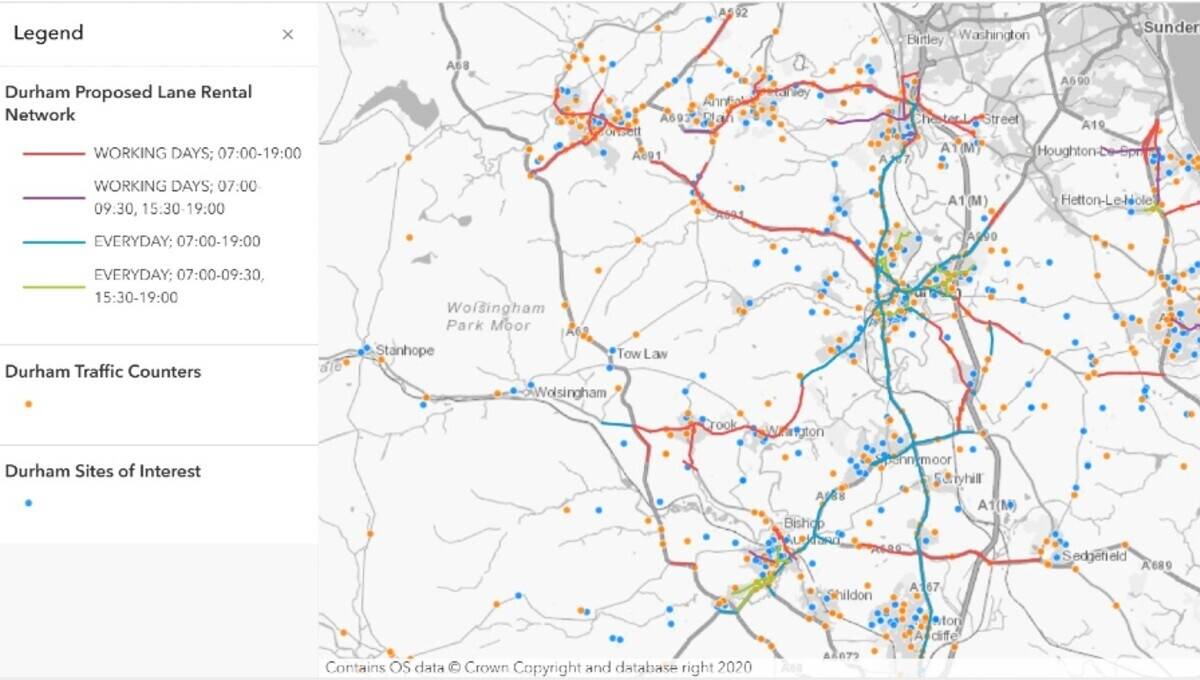In addition to the savings generated by this reduction, they also produced recommended ward boundary changes that would result in each councillor representing approximately the same number of electors, all whilst giving regard to the interests and identities of local communities.
The electoral review required the identification of all residential properties that were due to be built by 2018 as the project had to show elector numbers at this date. This forward data was combined with existing property information in their local address dataset, and a complete list of all residential properties with registered electors and the Unique Property Reference Number (UPRN) was then extracted from the Electoral Register.
This combined data was then plotted into the council's Geographical Information System (GIS) to create a spatial image of all existing properties and future properties. Information from the electoral register showed the current number of electors and a formula was applied to all future properties as analysis had shown that the average number of electors per dwelling varies from 1.36 to 2.86 in polling districts.
As a result, the project team were able to produce clearly defined maps showing existing and proposed ward boundaries along with the number of electors for each proposed new ward, which was integral to the proposal sent to the Local Government Boundary Commission for England (LGBCE).
Spatial Data Manager at Gedling Borough Council, Christopher Russell explained the benefits. "We've achieved a final reduction in councillor numbers by 9 out of 50, which will see cost savings in the future through a reduction in the number of councillors receiving allowances."
"There is an increase in the level of community identity and the proposed wards will align with police priorities in that retail crime, car crime and serious acquisitive crime will be more rationally reported, whilst the project overall has demonstrated that our local address dataset is a powerful tool for the authority."
To find out more about local address datasets, visit www.geoplace.co.uk



